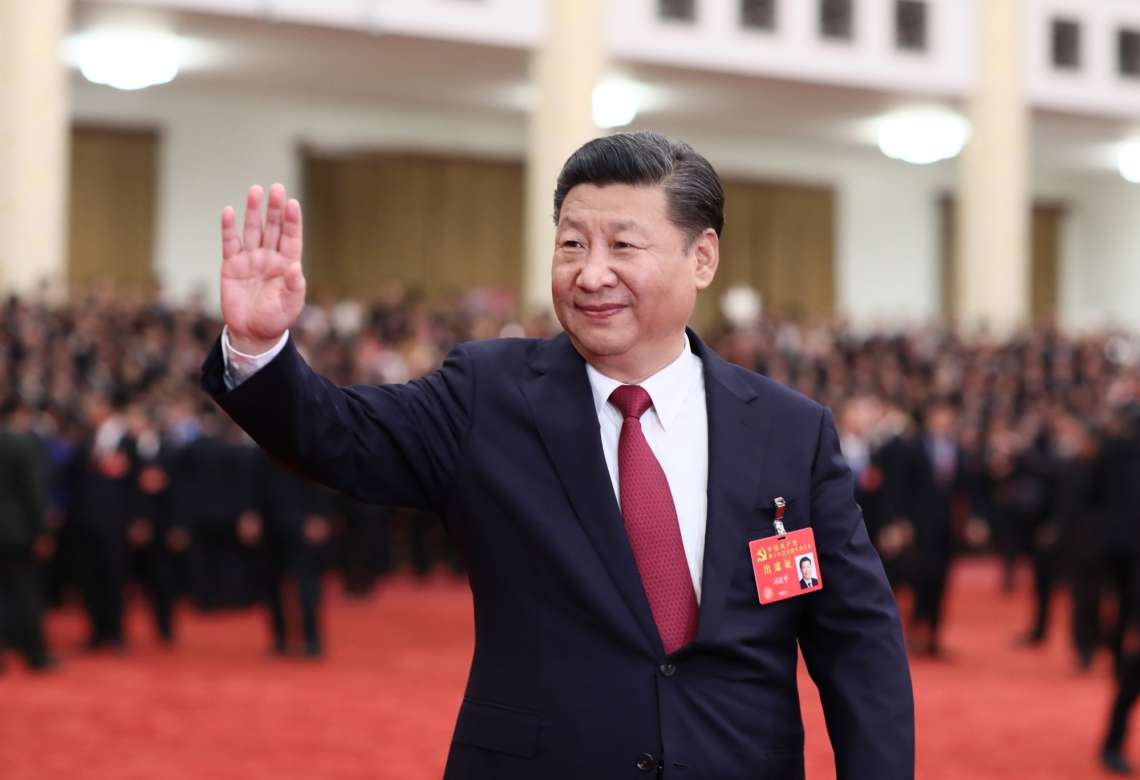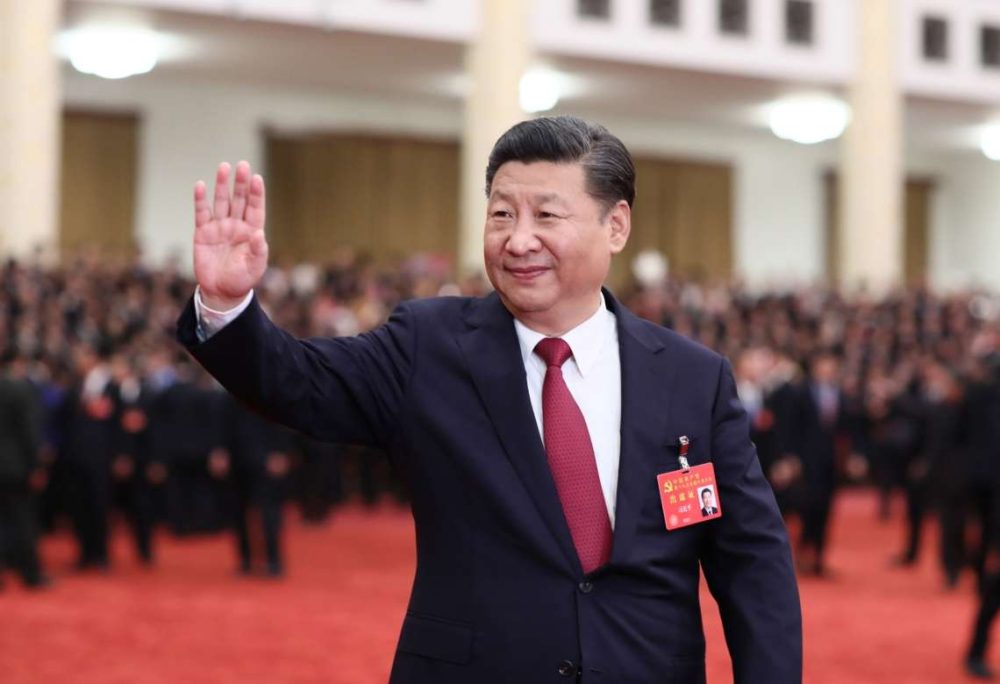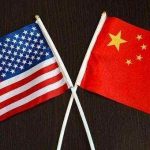Several Chinese regions including Xinjiang and Fujian facing record high temperatures as blistering heatwaves hit the country with the hot weather forecast…reports Asian Lite News
As intense heat waves continue to linger in several parts of China, the country issued an orange alert for high temperatures on Sunday.
Temperatures in parts of Zhejiang, Fujian, Jiangxi, and Xinjiang may surpass 40 degrees Celsius, China’s national observatory stated, reported Xinhua.
During daylight hours on Monday, parts of Zhejiang, Fujian, Jiangxi, Hunan, Guangdong, Guangxi, Guizhou, Sichuan, Chongqing, Hubei, Jiangsu, Anhui, Inner Mongolia, and Xinjiang are expected to experience temperatures of over 35 degrees Celsius, the National Meteorological Center said, suggesting that workers exposed to high temperatures shorten continuous working hours and outdoor activities during high-temperature periods should be avoided.
Several Chinese regions including Xinjiang and Fujian facing record high temperatures as blistering heatwaves hit the country with the hot weather forecast.

Yesterday noon, the Xinjiang region raised the high-temperature alert from orange to red, the highest in China’s four-tier weather warning system for extreme heat.
World Meteorological Organization (WMO) Secretary-General last week warned that heatwaves will happen more frequently because of climate change, adding that the connection has been clearly demonstrated by the Intergovernmental Panel on Climate Change (IPPC).
In the Mediterranean, a worrisome combination of climatic impact-driver changes (warming; temperature extremes; increase in droughts and aridity; precipitation decrease; wildfire increase; mean and extreme sea levels; snow cover decrease; and wind speed decrease) is expected by mid-century if global warming exceeds 2°C, reported Xinhua.
The prolonged heatwaves have threatened crops and people’s lives and pushed China’s power usage to record-breaking levels.
Since June, China has experienced this year’s first regional hot weather. In total, 71 national weather stations across China have broken records with the highest temperatures.
Some cities in southern China have been gripped by the dual challenges of heatwaves and sporadic clusters of COVID-19 infections.
China has a four-tier color-coded weather warning system, with red representing the most severe warning, followed by orange, yellow and blue. (ANI)














